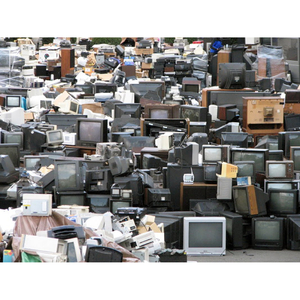U.N study reveals: Electrical waste will be up by a third in 2017
A U.N study which was released on Sunday, states that the amount of TVs, mobile phones, tablets and other electrical waste disposed of annually worldwide will be forecast to grow by a third by 2017.
E-waste, which can be defined as any electrical waste with a battery or a cord, can lead to severe problems, due to them containing substances which are harmful to both the environment and humans if not treated right. It can be profitably recycled. The study suggests that the amount of e-waste generated will rise to 72.09 million tonnes (65.4 million metric tons) in 2017 from almost 53.9 tonnes (48.9 million metric tonnes) at the present time. That is almost 200 times the weight of the Empire State Building.
Last year the United States generated the most electronic waste with 9.4 million metric tonnes which was closely followed by China with 7.3 million metric tonnes.. It is however evident that China will catch up as figures show they currently have the highest volume of electrical good on the market. Last year China had 11.1 million metric tonnes, while the United States had 10 million metric tonnes.
The head of StEP secretariat, Ruediger Kuehr, who is based at the United Nations University in Bonn Germany said, “Taken together, developing and emerging countries already produce as much e-waste as the developed world. There is a hunger of humankind for technology that makes our lives easier. It's not only the communication technologies but also medical devices, washing machines and e-toys that are very popular around Christmas time."
The study, found that the most common item of e-waste in the United States was mobile phones with approximately 120 million disposed of in 2010. White goods are excluded in the U.S due to an established recycling system to dispose of them safely. The authors of the study called for better monitoring of e-waste exports, saying lack of consistent categories makes it hard to formulate effective rules for the treatment of electrical junk.

